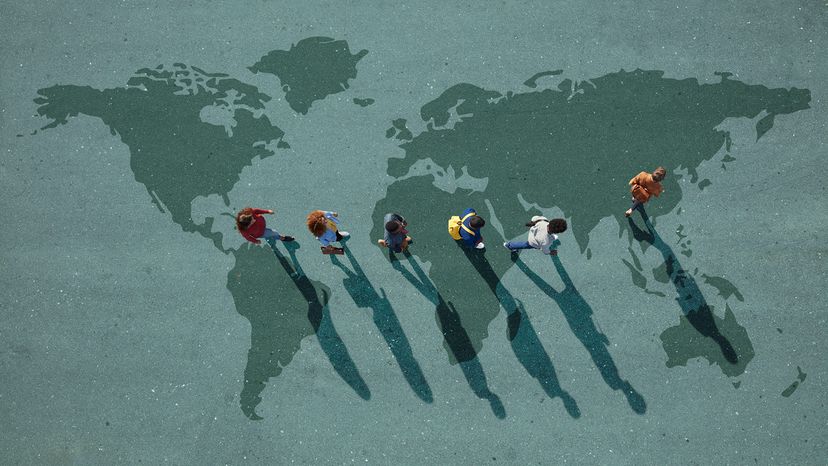
Back in 1967, the social psychologist Stanley Milgrim published a fascinating article in the very first issue of Psychology Today called "The Small World Problem." Milgrim was already famous for his shocking (literally) "obedience to authority" experiment, in which regular people zapped strangers with increasingly powerful electrical shocks, all in the name of "following orders."
But Milgrim's 1967 article came to an equally startling conclusion: Every person in the world was connected by an average of six people. A random person in Iowa could be connected to a complete stranger in Belarus with a chain of six or fewer acquaintances. It was a small world, after all!
Advertisement
Milgrim's study made waves in the '60s, but it really launched into mainstream culture with the 1990 play "Six Degrees of Separation" and subsequent 1993 film starring a young Will Smith. Since then, the idea of "six degrees of separation" has been accepted as a hard-and-fast rule of social networks. But how accurate is it?

